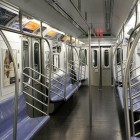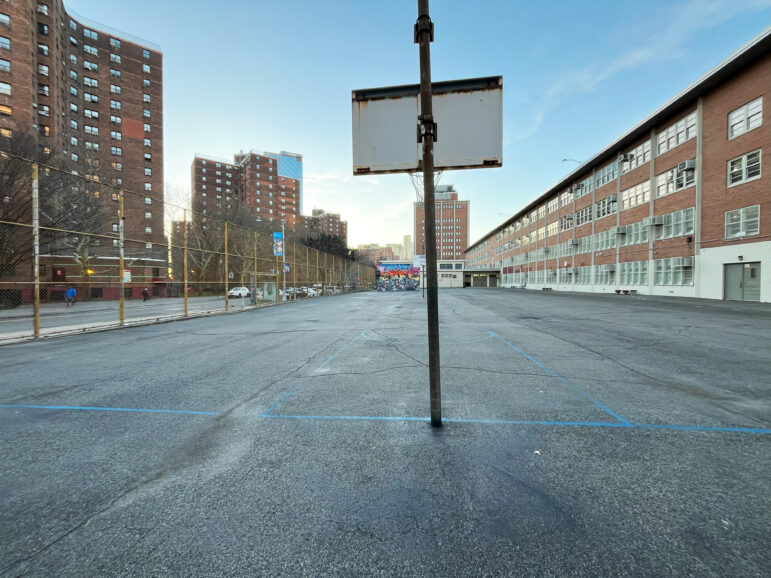A 10th-grade global studies class. The Children’s Zone’s ultimate goal is to get as many of Harlem’s youth through college as possible. The Promise Academies have yet to graduate a high school class, so it’s not yet known how many will accomplish that feat. Photo by: Alice Proujansky
“If You Hit 65 Percent of the Population, That’s the Tipping Point.” By: Helen Zelon
At the Sheraton conference—co-sponsored by the Harlem Children’s Zone and PolicyLink, a California-based research and advocacy nonprofit with ties to the Obama administration— Canada drapes a lanky arm across the lectern as he speaks, sliding the mic from its stand, and moves downstage to confide in the audience.






